How to add wireless charging to your Android, iPhone, Windows, or BlackBerry smartphone
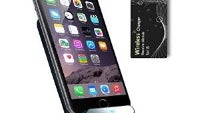
So far, it's been up to manufacturers to decide whether their smartphones will feature wireless charging or not. When you think about it, though, as technically complicated as smartphones are, wireless charging is just a couple of coils that transmit and receive current through a small magnetic field. A triumphant combination of cheap components and mastery of the laws of physics! Hence, it shouldn't be that difficult to roll out an aftermarket solution for those whose phones lack wireless charging, but who would appreciate the convenience of plopping their handsets on a charging mat or station, and forgetting about it.
It turns out we're right! Aftermarket wireless charging for Android, iOS, Windows, and BlackBerry smartphones is absolutely a thing. The technology is simple, and the price of admission low - just as we expected. What's the deal, though? Friends, welcome to the world of Wireless Charging Receiver Modules! Behind the pompous name lies a paper-thin sheet of plastic that incorporates a receiver coil and either microUSB/Lighting charging circuitry, or pins for current transfer. These can be procured from Amazon at ~$10 prices, possibly even cheaper on Chinese trading websites.
Now, there are two kinds of wireless charging receivers - the first has a microUSB/Lighting port, and the second connects directly to the smartphone pins. You will learn which type of receiver to get by searching Amazon or another shopping website for your smartphone's name plus "wireless charging receiver". If yours needs the first type, you will end up taping a sheet of plastic to your phone's back panel with double-sided adhesive. This won't look very pretty, so by all means and purposes, you will have to put the phone in a case to conceal and protect the sheet. By the way, some accessory makers have made complete wireless charging cases based on the same approach - look at this one for the iPhone 6, it's a smart solution - so look around for such products before you buy a sheet receiver.
If your phone needs the second type of receiver, you are lucky - it goes completely unnoticed inside the phone's battery compartment, on top of the battery unit. Of course, you will also need a wireless charging pad or stand if you don't already have one. So have a look at our lineup of wireless chargers, but consider searching for alternatives as well, because it's been a while since we published those, and even better offers may have popped up!
There are universal models, as well as models for specific smartphones. They all work the same, but have differences in output voltage and the installation method. For example, the one for the Galaxy Note 4 doesn't need a microUSB port, because it connects directly to the pins inside the handset's battery compartment, and outputs 600mAh of current where others output 500mAh. So you'll be better off buying a model specific to your smartphone, if one's available. Otherwise, go universal.
Now, there are two kinds of wireless charging receivers - the first has a microUSB/Lighting port, and the second connects directly to the smartphone pins. You will learn which type of receiver to get by searching Amazon or another shopping website for your smartphone's name plus "wireless charging receiver". If yours needs the first type, you will end up taping a sheet of plastic to your phone's back panel with double-sided adhesive. This won't look very pretty, so by all means and purposes, you will have to put the phone in a case to conceal and protect the sheet. By the way, some accessory makers have made complete wireless charging cases based on the same approach - look at this one for the iPhone 6, it's a smart solution - so look around for such products before you buy a sheet receiver.
So, here are the simple instructions for adding a microUSB/Lighting port receiver (1), or a pin-based receiver (2).

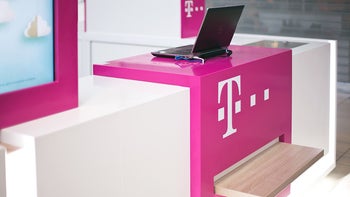
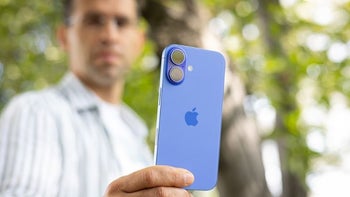



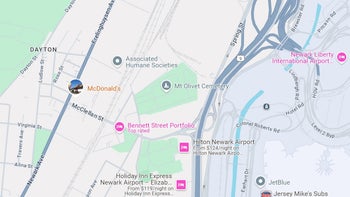
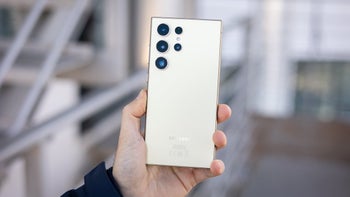
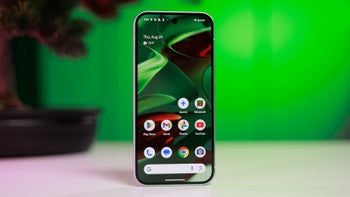
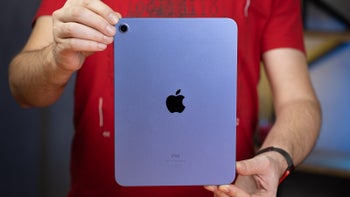
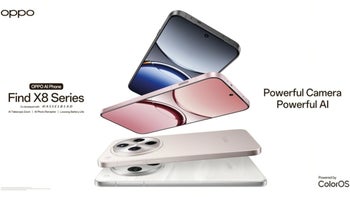
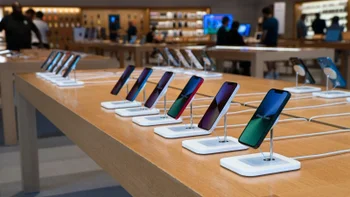
Things that are NOT allowed: